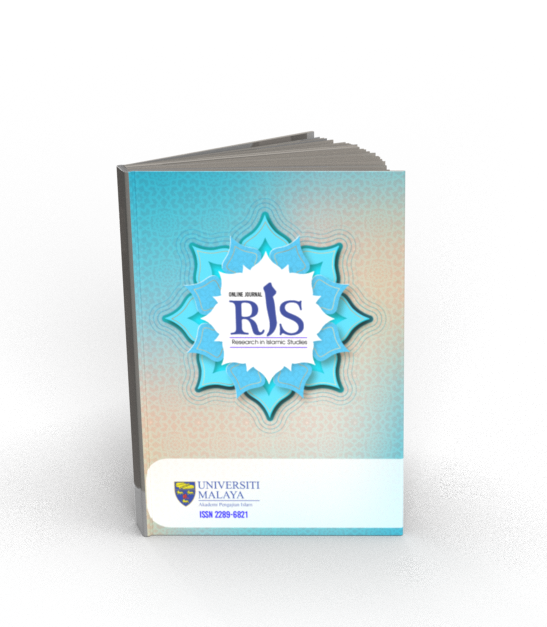Main Article Content
Abstract
Changing times have led to the emergence of contemporary issues on Islamic jurisprudence (fiqh) without specific legal evidence (nas hukum). Consequently, they use of alternative legal sources, which is maṣlaḥah mursālah to solve the issues. Maṣlaḥah mursālah is an instrument employed by scholars (fuqaha) to address Islamic legal issues lacking specific evidence. In the context of zakat distribution management, certain categories of recipients (asnaf), especially those related to fi sabilillah, are observed to no longer exist due to the absence of 'illah (legal cause) for these recipients. To enhance productivity in zakat distribution, scholars engage in ijtihad, considering maṣlaḥah mursālah as one of the arguments for expanding the definition of these recipients. Therefore, this article evaluates the application of maṣlaḥah mursālah as a rationale for broadening the definition of fi sabilillah recipients based on criteria established by fuqaha. It also assesses the effects of expanding the definition of fi sabilillah recipients in addressing contemporary poverty crises. The qualitative research conducted focuses solely on fi sabilillah recipients. The findings indicate that the use of maṣlaḥah mursālah in expanding the definition of recipients has a significant impact on the quantity of zakat distribution. In a nut shell, authorities should reconsider the consequences of broadening the definition of zakat recipients in the present context, prioritizing more deserving recipients to alleviate poverty.
Keywords
Article Details
Copyright (c) 2023 Online Journal of Research in Islamic Studies

This work is licensed under a Creative Commons Attribution-NonCommercial-ShareAlike 4.0 International License.
Copyright Notice
By submitting manuscripts to the Online Journal of Research in Islamic Studies (RIS), authors agree to transfer copyright to the journal. However, authors may republish their work or grant others permission to republish it; in which case it should be accompanied by a proper acknowledgment that the work was originally published in the Online Journal of Research in Islamic Studies (RIS). The journal adopt CC-BY-NC licence which authors may also share and distribute their article anywhere of non-commercial website, social media and repositories immediately on publication.
Authors may also reuse the Abstract and Citation information (e.g. Title, Author name, Publication dates) of their article anywhere at any time including social media such as Facebook, blogs and Twitter, providing that where possible a link is included back to the article on the journal site.
